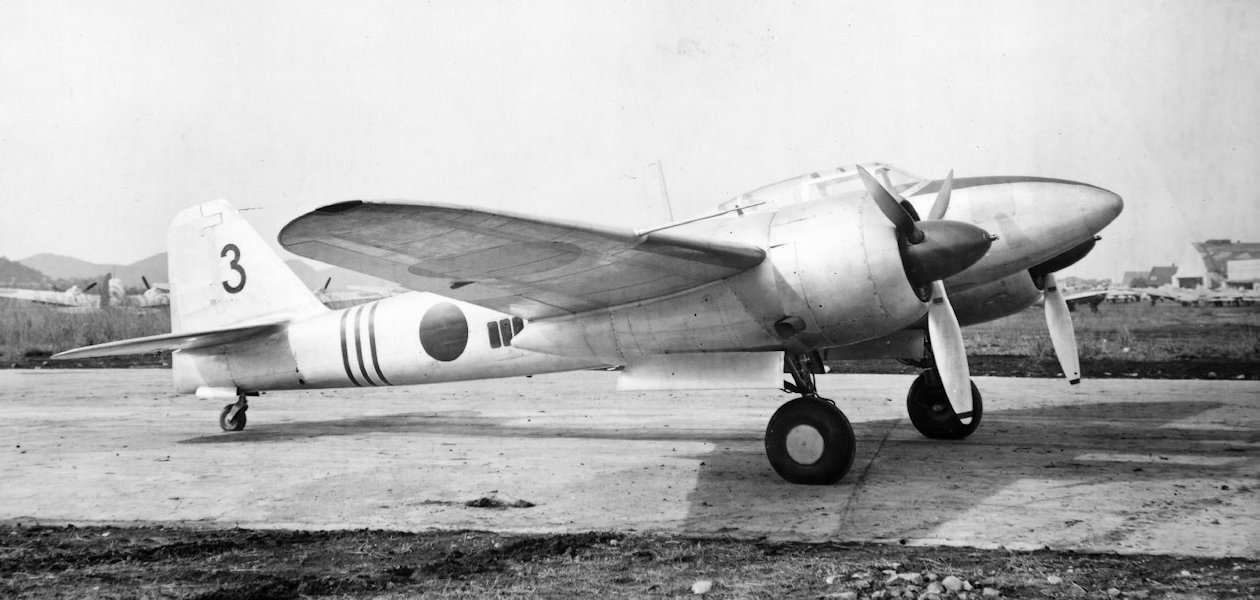Tag: Aircraft
-
Ryan XF2R Dark Shark

Ryan XF2R Dark Shark The Ryan XF2R Dark Shark was a development of Ryan’s earlier FR-1 Fireball. First flying in November 1946, it retained the mixed power plant of its predecessor, but replaced the piston engine with a General Electric T31 turboprop engine. The jet intakes were moved from the wing roots to the fuselage… Read more
-
Nakajima G5N Shinzan Japanese Heavy Bomber

Nakajima G5N Shinzan Japanese Heavy Bomber The Nakajima G5N Shinzan (“Deep Mountain”), code named “Liz” by the Allies was a four-engined heavy bomber designed for the Imperial Japanese Navy. Prior to undertaking the design, Nakajima acquired the Douglas DC-4 prototype, as they lacked experience with this type of aircraft. Powered by four 1,870 hp Nakajima… Read more
-
Kawasaki Ki-96 Japanese Heavy Fighter

Kawasaki Ki-96 Japanese Heavy Fighter Developed from the Kawasaki Ki-45, the Ki-96 was a single-seat, twin engined heavy fighter designed for the Imperial Japanese Army Air Service. Originally envisaged as a two-seat fighter, the Army requested a change to single-seat. The first of three prototypes therefore had a larger canopy than the final two, as… Read more